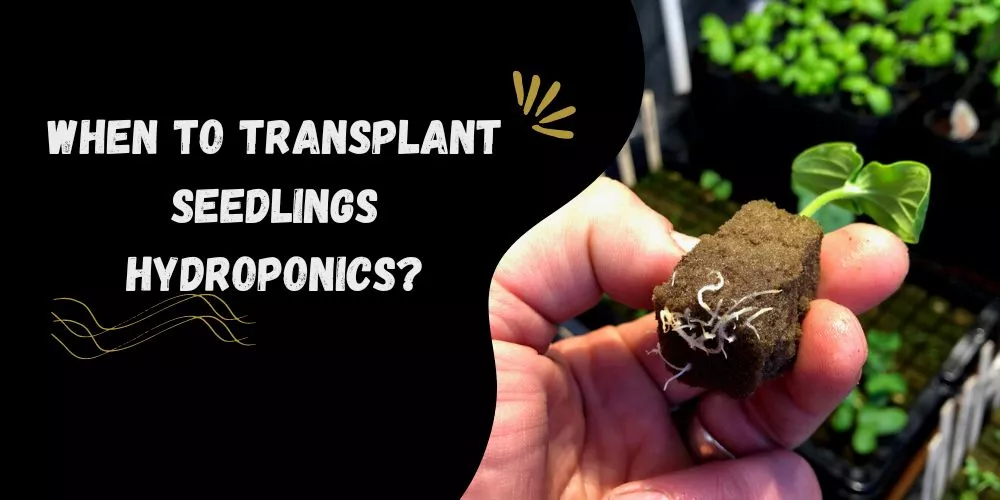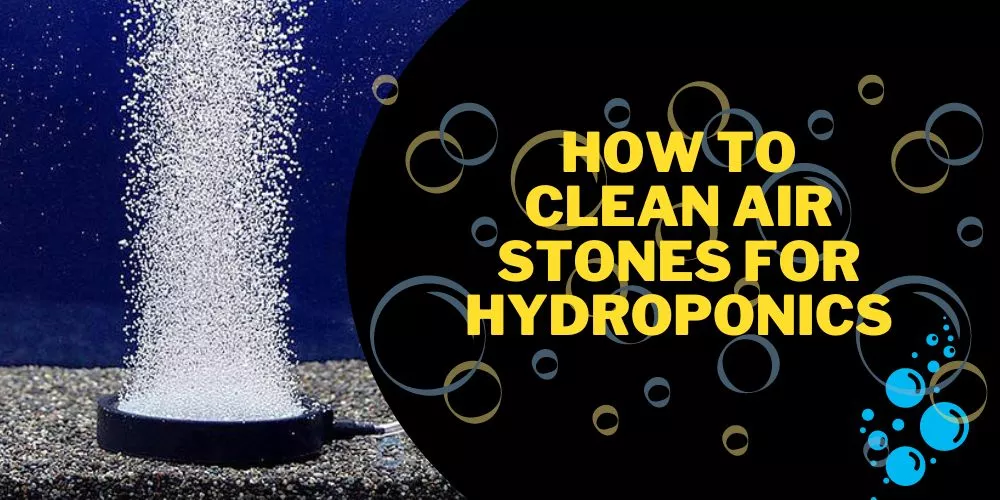The hydroponics watering schedule is affected by several factors, including the type of plant, the stage of growth, environmental conditions, and the type of hydroponic system used.
Plants have different water requirements depending on their species, so it’s crucial to understand the plant’s needs before determining the watering schedule.
The growth stage also plays a significant role in the watering schedule, as plants require different amounts of water during different stages of development.
Environmental conditions such as temperature, humidity, and light intensity can also affect the rate of evaporation and transpiration, which affects the amount of water needed.
The type of hydroponic system used, such as deep water culture, drip irrigation, or ebb and flow, also affects its watering schedule.
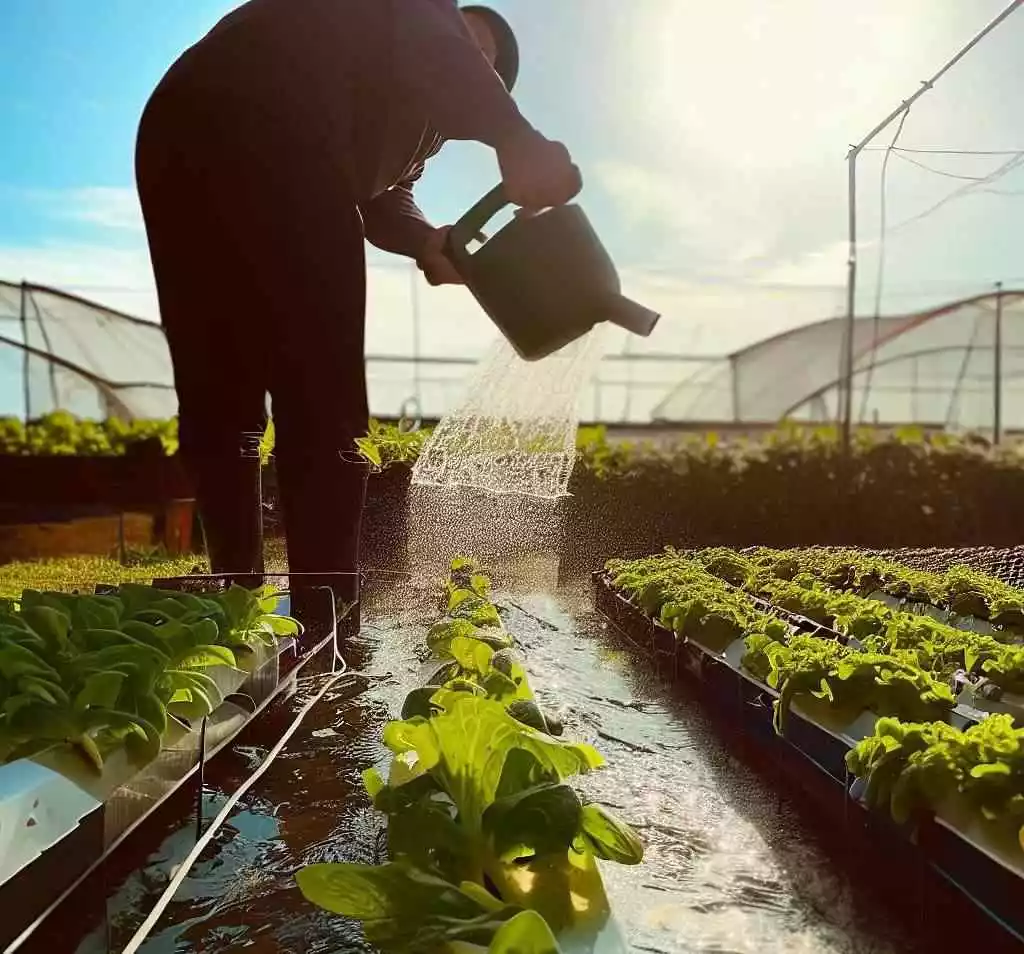
Generally, it’s essential to monitor the water level and quality regularly and adjust the watering schedule accordingly to maintain optimal growing conditions for healthy plant growth.
Hydroponics watering schedule (Only Guide to Refer)
Deep Water Culture (DWC) System
A DWC system is a hydroponic system that involves suspending plant roots in a nutrient-rich water solution. Proper watering is crucial for the health and growth of plants in a DWC system. Here is a step by step guide for watering in a DWC system:
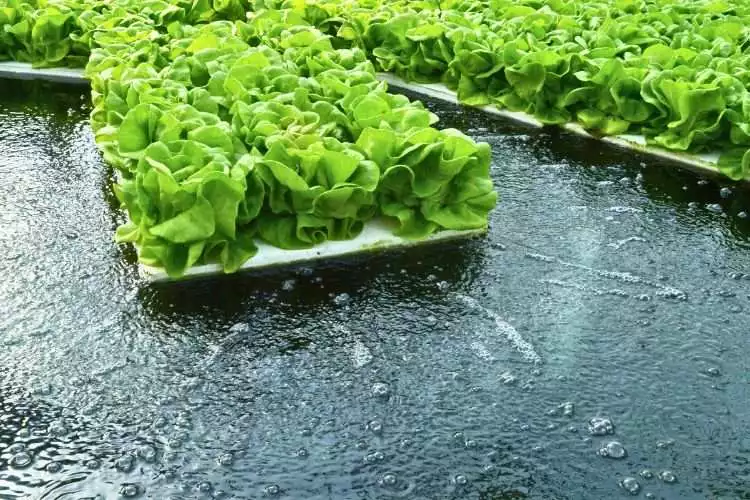
- Fill the reservoir with fresh water and nutrient solution according to the manufacturer’s instructions.
- Maintain the water level within 1-2 inches of the bottom of the net pot to ensure the roots receive enough oxygen.
- Monitor the pH and electrical conductivity levels regularly and adjust them to maintain optimal nutrient levels.
- Check the water temperature and ensure it stays within the optimal range for the plant species being grown.
- Inspect the roots regularly for signs of disease or nutrient deficiencies.
- Top off the reservoir with fresh water and nutrient solution as needed to maintain the proper water level and nutrient balance.
- Change the water and nutrient solution every 1-2 weeks to prevent algae buildup and maintain optimal nutrient levels.
- Keep the reservoir and system clean and debris-free to prevent clogs and promote healthy plant growth.
Nutrient Film Technique (NFT) System
A Nutrient Film Technique (NFT) system is a hydroponic system that involves a thin layer of nutrient solution flowing over the roots of the plants. Proper watering is critical for the health and growth of plants in an NFT system. Here is a step by step guide for watering in an NFT system:
- Fill the reservoir with fresh water and nutrient solution according to the manufacturer’s instructions.
- Check the pH and electrical conductivity levels regularly and adjust them to maintain optimal nutrient levels.
- Monitor the water temperature and ensure it stays within the optimal range for the plant species being grown.
- Adjust the flow rate of the nutrient solution to ensure a thin film of water flows over the roots of the plants.
- Inspect the roots regularly for signs of disease or nutrient deficiencies.
- Top off the reservoir with fresh water and nutrient solution as needed to maintain the proper water level and nutrient balance.
- Change the water and nutrient solution every 1-2 weeks to prevent algae buildup and maintain optimal nutrient levels.
- Keep the system clean and debris-free to prevent clogs and promote healthy plant growth.
Drip Irrigation System
A Drip Irrigation System is a method of watering plants slowly and precisely using a network of tubes and emitters to deliver water directly to the roots. Proper watering is critical for the health and growth of plants in a drip irrigation system.
Here is a step-by-step guide for watering in a drip irrigation system:
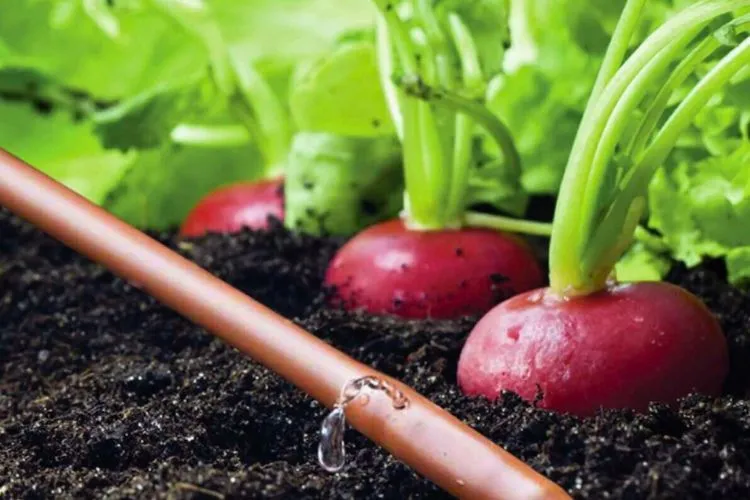
- Determine the optimal watering schedule for your plants based on their species, growth stage, and environmental conditions.
- Check the water source and ensure it has the right pressure and flow rate for the system and the number of emitters.
- Inspect the system regularly for leaks or clogs that can affect the water flow and cause damage to the plants.
- Monitor the soil moisture level using a moisture meter or by testing the soil with your finger to determine whether the plants need water.
- Adjust the flow rate of the emitters to ensure that each plant receives the right amount of water based on its needs.
- Check the plants regularly for signs of overwatering or underwatering, such as wilted leaves, yellowing, or stunted growth.
- Adjust the emitters’ watering schedule and flow rate as necessary to maintain optimal soil moisture levels and plant health.
- Clean and maintain the system regularly to prevent clogs, leaks, or other issues affecting water flow and plant health.
Aeroponic System
An aeroponic system is a method of growing plants without soil, using a misting system to deliver water and nutrients directly to the roots. Proper watering is critical for the health and growth of plants in an aeroponic system. Here is a step-by-step guide for watering in an aeroponic system:
- Mix the nutrient solution according to the manufacturer’s instructions and fill the reservoir with fresh water.
- Check the pH and electrical conductivity levels regularly and adjust them to maintain optimal nutrient levels.
- Monitor the water temperature and ensure it stays within the optimal range for the plant species being grown.
- Adjust the misting frequency and duration to ensure the roots are moist but not waterlogged.
- Inspect the roots regularly for signs of disease or nutrient deficiencies.
- Top off the reservoir with fresh water and nutrient solution as needed to maintain the proper water level and nutrient balance.
- Change the water and nutrient solution every 1-2 weeks to prevent algae buildup and maintain optimal nutrient levels.
- Keep the system clean and debris-free to prevent clogs and promote healthy plant growth.
Wick System
A Wick System is a passive hydroponic method of growing plants that uses a wick to deliver water and nutrients to the roots. Proper watering is critical for the health and growth of plants in a wick system. Here is a step-by-step guide for watering in a wick system:
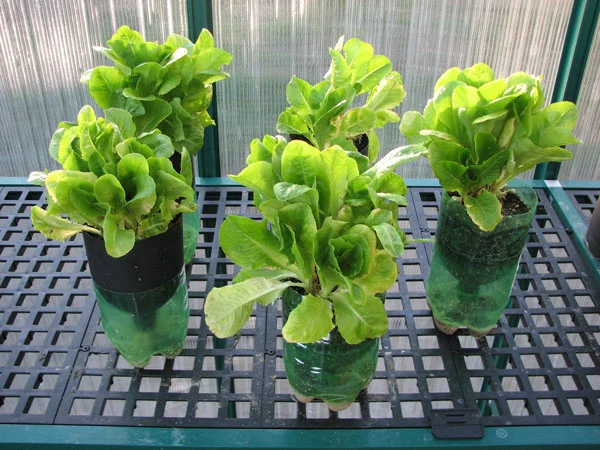
- Fill the reservoir with fresh water and nutrient solution according to the manufacturer’s instructions.
- Place the wick in the nutrient solution to absorb the water and deliver it to the plant roots.
- Ensure the wick is not too dry or too wet, as this can affect the plant’s growth and health.
- Monitor the water level in the reservoir and add fresh water and nutrient solution as needed to maintain the proper level.
- Check the pH and electrical conductivity levels regularly and adjust them to maintain optimal nutrient levels.
- Inspect the roots regularly for signs of disease or nutrient deficiencies.
- Change the water and nutrient solution every 1-2 weeks to prevent algae buildup and maintain optimal nutrient levels.
- Keep the system clean and debris-free to prevent clogs and promote healthy plant growth.
Ebb and Flow (Flood and Drain) System
An Ebb and Flow System, also known as a Flood and Drain System, is a hydroponic method of growing plants that uses a submersible pump to flood the grow tray with nutrient solution and drains it back into the reservoir.
Proper watering is critical for the health and growth of plants in an Ebb and Flow System. Here is a step-by-step guide for watering in an Ebb and Flow System:
- Fill the reservoir with fresh water and nutrient solution according to the manufacturer’s instructions.
- Set the timer to flood the grow tray with nutrient solution for a predetermined time, usually 15-30 minutes.
- Monitor the water level in the grow tray and adjust the amount of nutrient solution accordingly to prevent overwatering.
- Check the pH and electrical conductivity levels regularly and adjust them to maintain optimal nutrient levels.
- Inspect the roots regularly for signs of disease or nutrient deficiencies.
- Drain the excess nutrient solution back into the reservoir after each flooding cycle to prevent root rot and maintain optimal nutrient levels.
- Change the water and nutrient solution every 1-2 weeks to prevent algae buildup and maintain optimal nutrient levels.
- Keep the system clean and debris-free to prevent clogs and promote healthy plant growth.
Vertical Farming System
A Vertical Farming System is a hydroponic method of growing plants in a vertically stacked structure. Proper watering is critical for the health and growth of plants in a Vertical Farming System. Here is a step-by-step guide for watering in a Vertical Farming System:
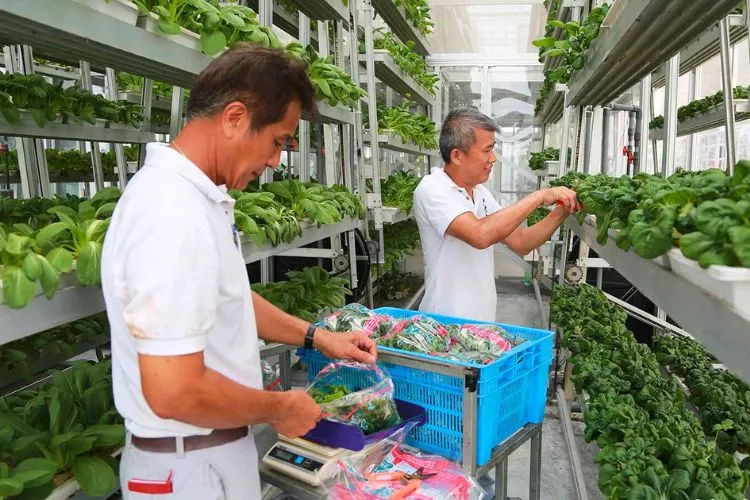
- Fill the reservoir with fresh water and nutrient solution according to the manufacturer’s instructions.
- Use a pump or gravity to deliver the nutrient solution to the top of the vertical structure.
- Monitor the water level in each level and adjust the amount of nutrient solution accordingly to prevent overwatering.
- Check the pH and electrical conductivity levels regularly and adjust them to maintain optimal nutrient levels.
- Inspect the roots regularly for signs of disease or nutrient deficiencies.
- Drain the excess nutrient solution back into the reservoir after each watering cycle to prevent root rot and maintain optimal nutrient levels.
- Change the water and nutrient solution every 1-2 weeks to prevent algae buildup and maintain optimal nutrient levels.
- Keep the system clean and debris-free to prevent clogs and promote healthy plant growth.
Factors Affecting Hydroponic Watering Schedule
Several factors can affect the hydroponic watering schedule, including the type of hydroponic system, plant species, growth stage, temperature, humidity, and light levels. The size of the plants, the growing medium, and the nutrient solution’s strength can also influence the watering frequency.
The goal is to provide the plants with enough water and nutrients without overwatering or underwatering them. Regular monitoring of the plants and the growing environment and pH and electrical conductivity levels can help determine the optimal hydroponics watering schedule.
Adjustments may need to be made to the watering schedule as the plants grow and environmental conditions change.
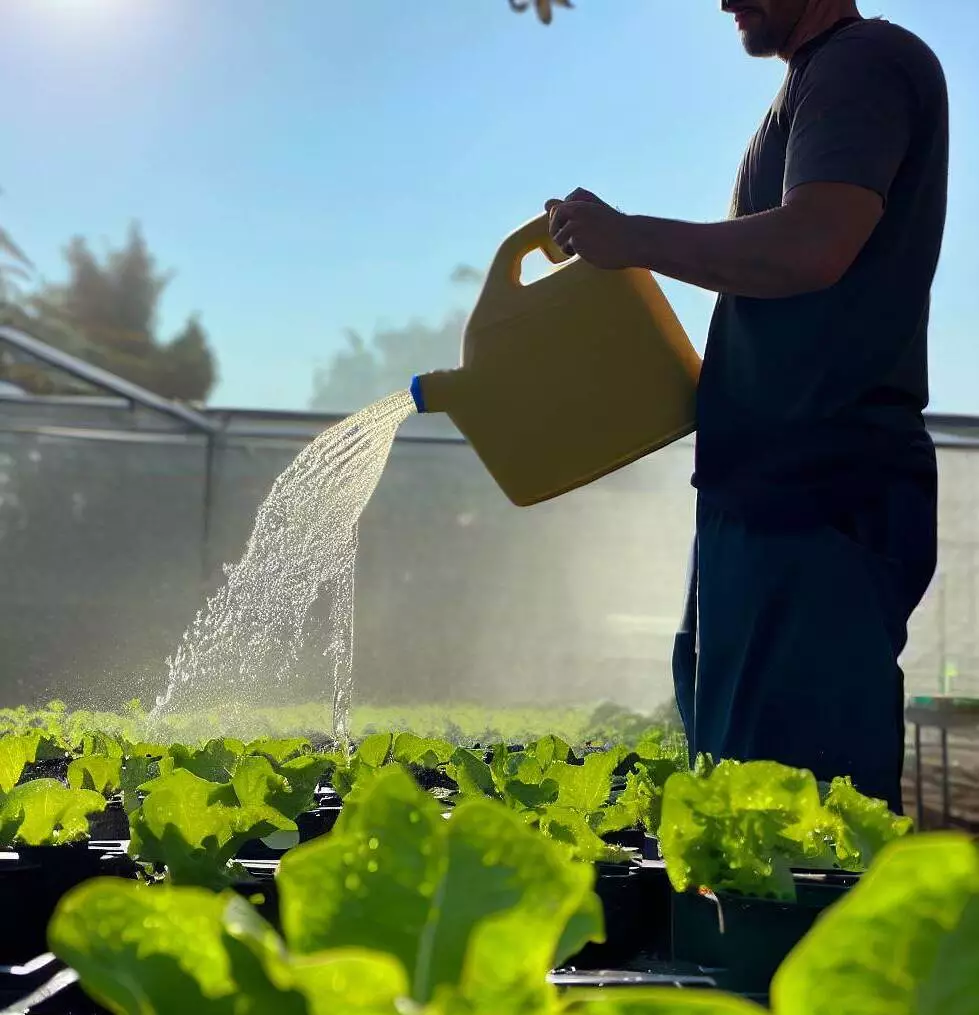
Type of Hydroponic System
Several types of hydroponic systems include deep water culture, drip irrigation, nutrient film technique, ebb and flow, and aeroponics. The watering schedules for each system will vary depending on the plant species, stage of growth, and environmental factors.
Deep water culture and nutrient film technique require constant water flow, while drip irrigation and ebb and flow systems allow for periodic watering.
Aeroponics systems mist the roots with a nutrient solution, requiring frequent watering cycles. The type of growing medium used can also affect the watering schedule, as some mediums retain water better than others.
Regular monitoring and adjusting the watering schedule are essential for healthy plant growth in any hydroponic system.
Type of Plant
Different plant types have varying watering needs due to their unique physiology and growth requirements. For example, plants with shallow roots, such as lettuce and herbs, require more frequent watering than those with deeper roots, such as tomatoes and cucumbers.
Plants with thicker leaves, such as succulents, can store more water and require less frequent watering than those with thinner leaves, such as ferns.
Additionally, plants in different stages of growth will have different water requirements. Seedlings and young plants require more frequent watering to establish their root systems, while mature plants require less frequent water but may need larger amounts of water when fruiting or flowering.
Furthermore, environmental factors such as temperature, humidity, and light levels will also affect the hydroponics watering schedule. High temperatures and low humidity will increase water evaporation from the plant and growing medium, requiring more frequent watering.
In contrast, lower temperatures and higher humidity will reduce water loss, requiring less frequent watering.
Overall, it is important to monitor plant health and the growing environment and adjust the watering schedule to ensure optimal growth and yield.
Stage of Plant Growth
The stage of plant growth significantly impacts the watering schedule, as the water requirements of plants change over time. During the early stages of growth, such as germination and seedling development, the soil or growing medium should be kept consistently moist.
This ensures that young plants can establish strong root systems and develop properly. As the plants mature and their root systems become more established, the watering schedule can be adjusted to allow the soil or growing medium to dry out slightly before watering again.
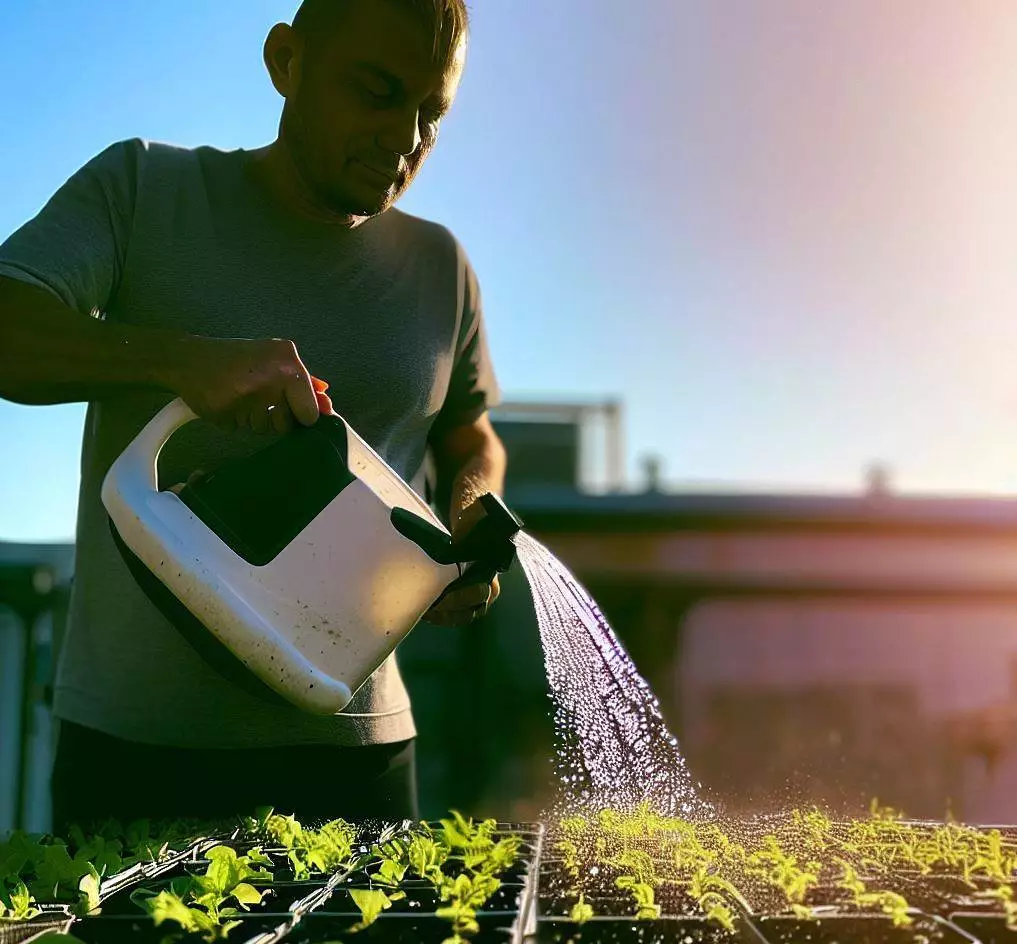
During vegetative growth, plants require more water to fuel their growth and development. This is the stage where plants produce leaves, stems, and branches, establishing a strong structure for future growth.
As the plants transition to the flowering or fruiting stage, they require less water, but the timing of watering becomes critical. Overwatering during this stage can lead to reduced yields and poor quality fruit or flowers.
In summary, the watering schedule for plants should be adjusted based on their growth stage, considering the plant’s water requirements, the growing medium, environmental conditions, and overall plant health. Regular monitoring and adjustments to the watering schedule are essential for healthy plant growth and maximum yield.
Environmental Factors
Environmental factors such as temperature, humidity, and light significantly impact plant growth and development and thus affect the watering schedule. Higher temperatures and lower humidity levels increase water evaporation from the soil or growing medium, resulting in plants requiring more frequent watering.
In contrast, lower temperatures and higher humidity levels reduce water loss from the plant and growing medium, requiring less frequent watering.
Light also plays a crucial role in plant growth and development, particularly photosynthesis, which converts light energy into chemical energy. Plants that receive more light may require more water as they produce more energy and undergo greater stress.
However, it is important to note that excessive light exposure can also cause water loss through transpiration, so plants may still require less water overall.
Additionally, plants grown in containers may require more frequent watering due to the limited soil volume and higher exposure to environmental fluctuations. In summary, environmental factors play a crucial role in determining the watering schedule for plants.
Monitoring and adjusting the schedule accordingly is important to ensure optimal growth and health.
Hydroponic Overwatering Symptoms
Hydroponics is a method of growing plants without soil, using nutrient-rich water as the growing medium. While this method has several benefits, including reduced water usage and increased yields, overwatering can lead to significant problems.
Overwatering in hydroponics can lead to several symptoms, including yellowing leaves and root rot. When plants receive too much water, their roots become waterlogged, and the lack of oxygen leads to root rot. This can cause the leaves to turn yellow and the plant to wilt, as the damaged roots cannot absorb nutrients effectively.
Additionally, overwatering can lead to a buildup of salts and minerals in the water, damaging the roots and negatively impacting the plant’s growth. The excess water can also increase humidity, which can create an ideal environment for fungal and bacterial growth, further damaging the plant.
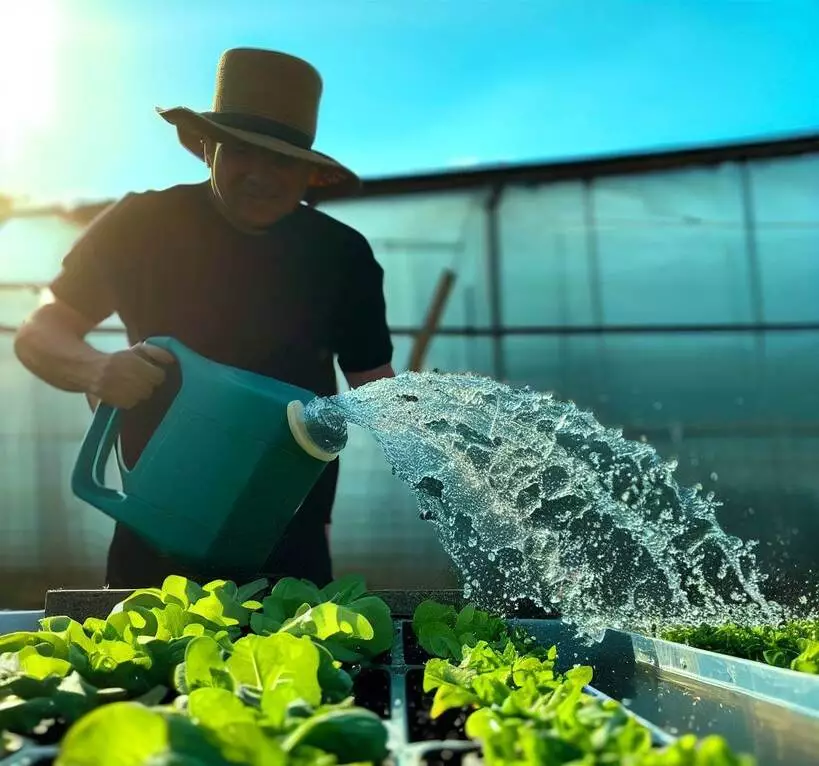
To avoid overwatering in hydroponics, monitoring the water levels carefully and adjusting the watering schedule based on the plant’s needs is essential. It is also important to ensure proper drainage and maintain appropriate oxygen levels in the water to prevent root rot. Hydroponic growers can prevent overwatering and promote healthy plant growth by taking these precautions.
Solution
If you notice that your hydroponic plants are showing signs of overwatering, such as yellowing leaves or root rot, it is important to take action to treat the issue. Here are some steps you can take to help your plants recover:
- Adjust the watering schedule: Reduce the watering frequency and ensure that the water levels are appropriate for the plants’ needs.
- Improve drainage: Ensure the hydroponic system has proper drainage to prevent water from accumulating and causing root rot.
- Increase oxygen levels: Provide adequate aeration to the water to increase oxygen levels, which helps prevent root rot and promote healthy growth.
- Adjust nutrient levels: Overwatering can cause an accumulation of salts and minerals in the water, which can negatively impact plant growth. Adjust the nutrient levels in the water to ensure they are appropriate for the plants’ needs.
- Prune damaged leaves and roots: Remove any damaged leaves or roots to prevent the spread of disease and promote new growth.
Hydroponic Underwatering Symptoms
Hydroponics is a method of growing plants without soil, using nutrient-rich water as the growing medium. While underwatering can be less common in hydroponics, it can still occur and lead to several symptoms that can negatively impact plant growth.
One of the most common symptoms of underwatering in hydroponics is wilting leaves. When plants do not receive enough water, they cannot maintain their turgidity, causing the leaves to droop and wilt.
Another symptom of underwatering is stunted growth. Without sufficient water, plants cannot absorb nutrients effectively, leading to reduced growth and development. This can result in smaller plants with fewer fruits or flowers.
Underwatering can also cause the plant’s leaves to turn brown or yellow and become brittle or dry. This can indicate a nutrient deficiency, which can further impact the plant’s overall health.
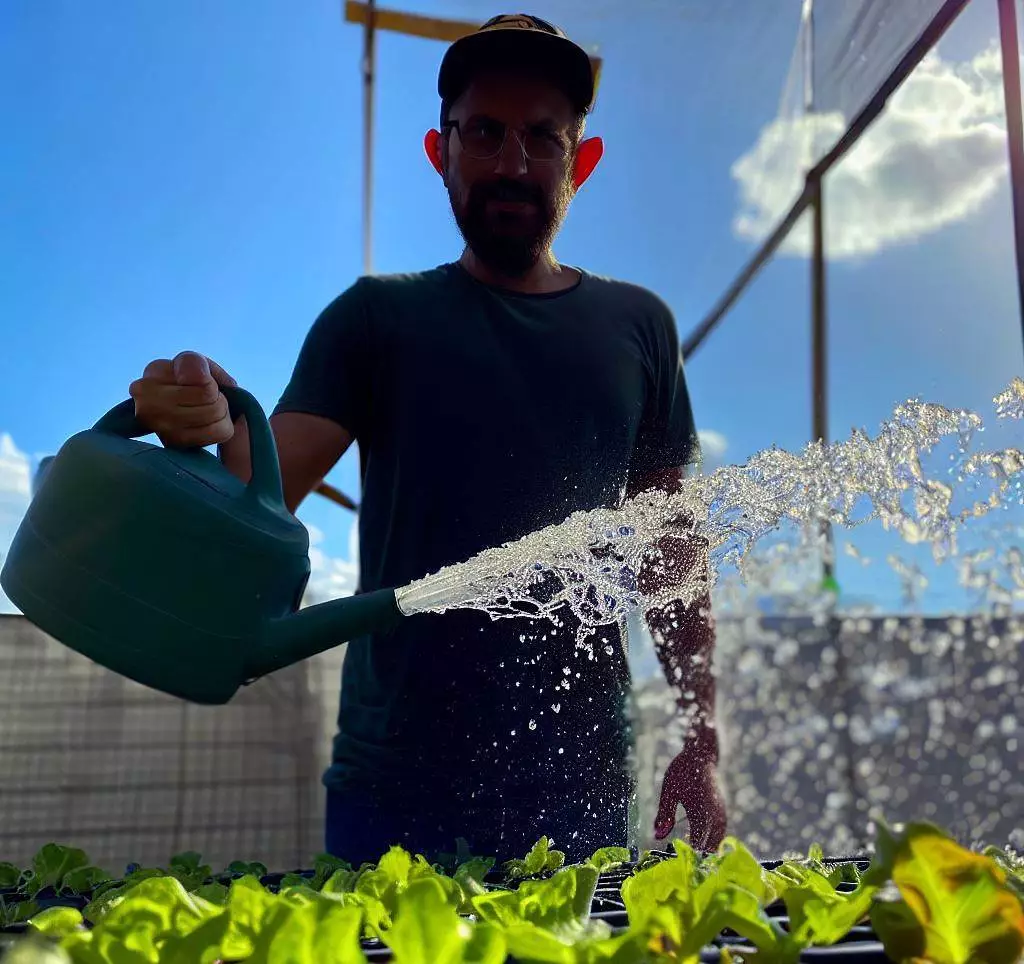
To prevent underwatering in hydroponics, it is important to monitor the water levels regularly and adjust the watering schedule to ensure that the plants receive the appropriate water levels.
By providing adequate water and nutrients, hydroponic growers can promote healthy plant growth and avoid the negative symptoms of underwatering.
Solution
If you notice that your hydroponic plants are showing signs of underwatering, such as wilting leaves or stunted growth, it is important to take action to treat the issue. Here are some steps you can take to help your plants recover:
- Adjust the watering schedule: Increase the watering frequency to ensure that the plants receive sufficient water.
- Check the water levels: Ensure that the water levels are appropriate for the plants’ needs. Plants in different stages of growth have different water requirements, so it is important to monitor them closely.
- Adjust nutrient levels: Underwatering can cause an accumulation of nutrients in the water, which can negatively impact plant growth. Adjust the nutrient levels in the water to ensure they are appropriate for the plants’ needs.
- Increase humidity: Plants in hydroponics require a humid environment to thrive. Increase the humidity levels in the grow room to help the plants recover from the stress of underwatering.
- Prune damaged leaves: Remove any damaged leaves to promote new growth and prevent the spread of disease.
Frequently Asked Questions (FAQs)
How much water do you need per plant in hydroponics?
The amount of water needed per plant in hydroponics varies depending on the plant’s size and growth stage. Generally, plants in hydroponics require between 1-2 gallons of water per day.
How often do you pump water for hydroponics?
The watering frequency in hydroponics depends on the type of system being used. In most systems, water is pumped continuously to ensure the plants receive a constant supply of nutrients and water.
How often should you flood and drain hydroponics?
The frequency of flooding and draining in hydroponics depends on the specific system used. In most systems, flooding and draining occur once or twice daily, with each cycle lasting 15-30 minutes.
How long can hydroponic plants go without water?
Hydroponic plants can typically go without water for 24-48 hours before showing signs of stress. However, it is important to ensure that the plants receive a constant supply of water to prevent any negative impacts on growth and development.
Conclusion:
In conclusion, establishing an appropriate watering schedule is crucial for the success of a hydroponic system. It is important to consider the type of plants being grown, the growth stage, and the specific hydroponic system being used when determining the frequency and amount of water required.
Monitoring the water, nutrient, and pH levels of the water is also essential to ensure optimal growth and yield. Hydroponic growers can achieve healthy and thriving crops by following a consistent watering schedule and closely monitoring the plants.

